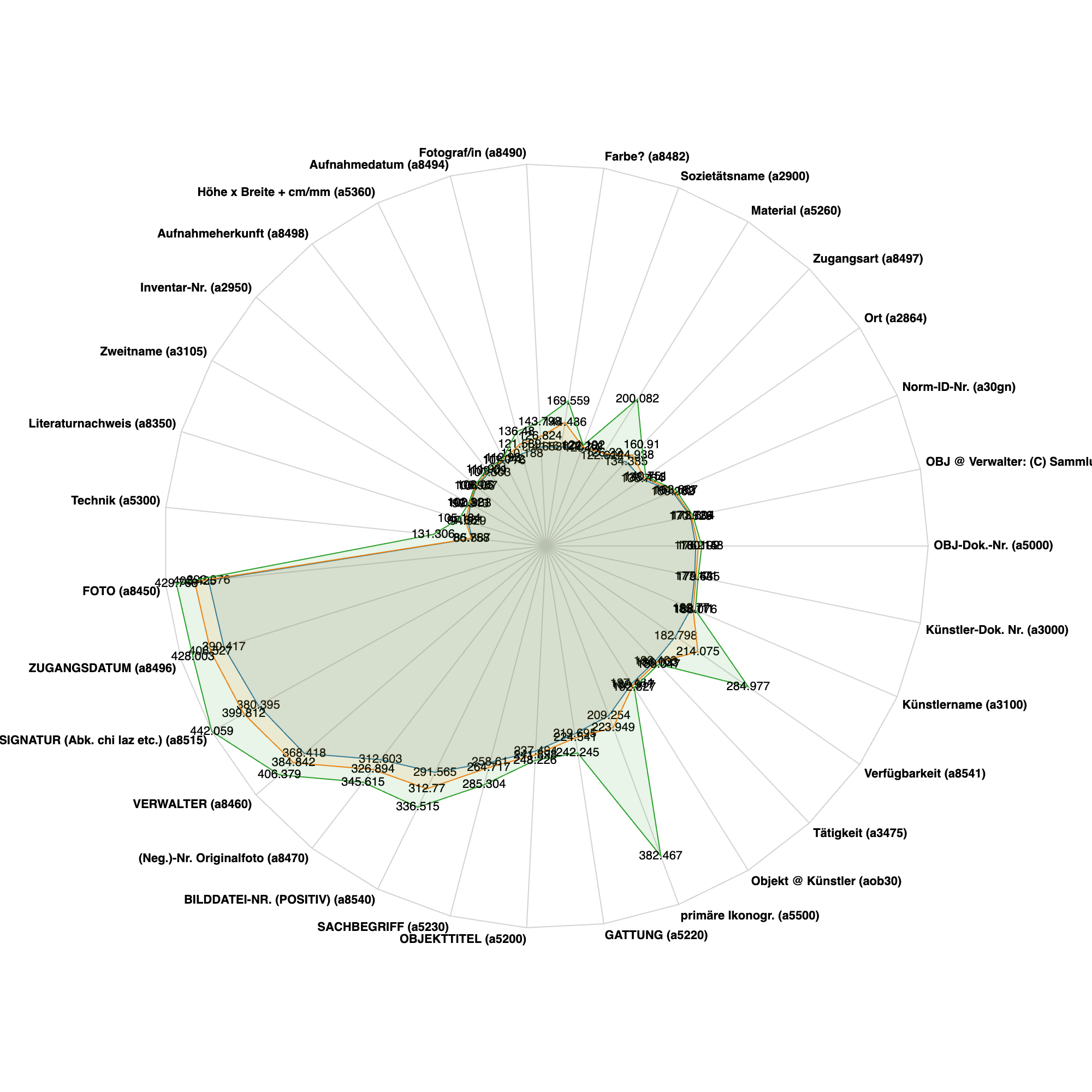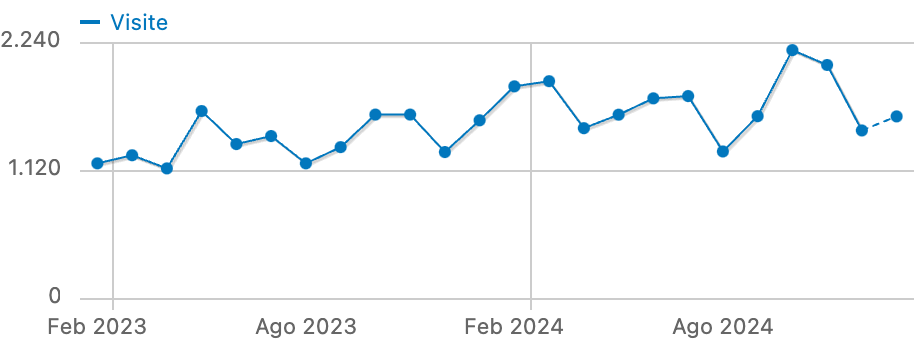The Photographic Collection uses a systematic classification based on the content of the photographs. For the most accurate result, users need to access both the physical collection, which is not yet entirely cataloged but fully organized as well as the online catalog containing all the digital photographs, which, however, are no longer printed to be included in the on-site collection. The intersecting information from the catalog and the collection structure was not explorable before a full digitization of the physical collection was carried out in 2023.
Due to the digitization of the entire collection, it is now possible to extract the exact number of photographs, both analog and digital, for monuments and works of art they depict. Each of the main sections of the Photographic Collection is represented with a bar divided into the different types of assets associated with that section.
The number of the not yet cataloged analog photographs is the result of subtracting the number of cataloged images from the total of the digitized rectos which we now have thanks to the digitization project. Data for the chart has been obtained directly from the available material.

